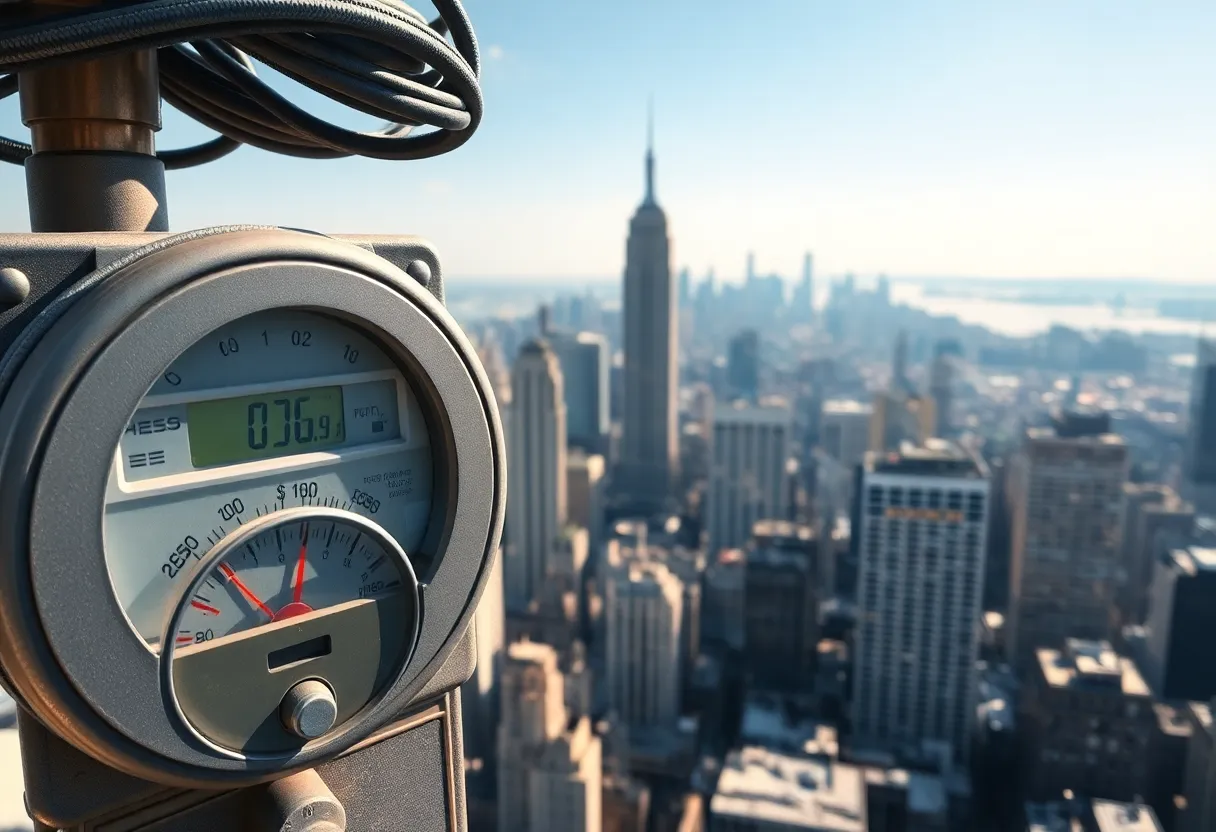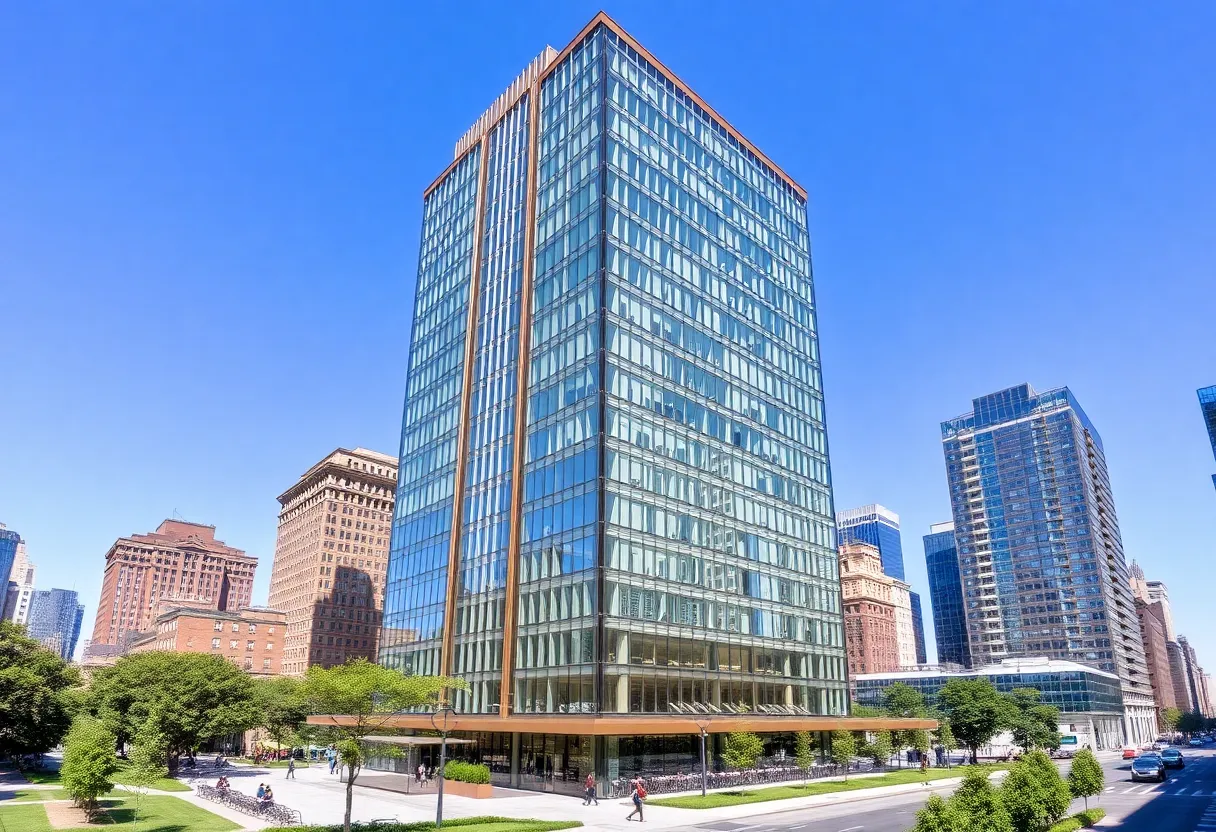News Summary
New York is grappling with unprecedented electric bills, reaching the highest levels in a decade. Over 1 million households are behind on utility payments, accumulating substantial unpaid bills. Rising energy costs have led to significant rate hikes for electric and gas customers, while assistance programs are at risk of cuts. The increasing costs are driven by inflation, regulatory challenges, and decisions from previous administrations impacting renewable energy investments. Experts suggest innovative rate designs could potentially relieve financial pressure for consumers in the state.
New York is experiencing its highest electric bills in over a decade, even after considering inflation. Recent statistics indicate that more than 1 million households across the state are at least two months behind on their utility payments, accumulating nearly $2 billion in unpaid bills. Moreover, over 61,000 households had their electricity or gas shut off in May, which is the highest number recorded by the Public Utility Law Project (PULP) in a single month.
The executive director of PULP shared that the organization experienced its busiest month ever in August, largely due to rising energy costs driving concerns for consumers. As utility costs climb, utilities are requesting significant price hikes to maintain infrastructure and meet the growing energy demands driven by new data centers and industries that heavily rely on electricity.
Consequently, utilities have raised prices, with up to 75% of electric customers and nearly half of gas customers facing pending or recently approved rate increases. Since the pandemic began, some utilities have requested increases in rates exceeding 25%. Recently proposed adjustments by NYSEG and RG&E suggest an increase of $33 per month for both electric and gas utilities.
The components of New York’s utility bills consist of two main parts: supply costs, which cover energy production, and delivery costs, which refer to utility charges for transmitting energy. Recently, delivery costs have seen the most significant increases, becoming the fastest-growing segment of utility bills. The rising costs have been attributed to multiple factors, including inflation, higher interest rates, supply chain disruptions, and government tariffs.
At the same time, both federal and state governments are contemplating cuts to assistance programs designed to help manage rising energy bills. These reductions may compound the financial strain faced by households already struggling with utility payments. State climate policies are projected to add only 5% to 9.5% to the average household electric bill by 2024, indicating that other cost factors play a more substantial role in the overall increase.
The increases in electric bills have been exacerbated by previous administration policies, specifically those from President Donald Trump, which have hindered the expansion of renewable energy projects. Estimates suggest that New York has potentially lost $60 billion in renewable energy investments due to these policies. As of mid-2023, regulatory obstacles have delayed the timeline for new renewable projects, leading to further complications in meeting state energy demands.
New York’s Department of Public Service has indicated the pressing financial strain on renewable energy programs necessary for meeting green energy targets. The state has allocated over $40 billion for transitioning to clean energy sources, predominantly through subsidies for nuclear and renewable programs. However, complex regulatory frameworks in New York slow down the development of renewables, contrasting with states like Texas that have more streamlined processes.
To compound the issue, the recent approved rate hike from National Grid is set to raise the average household electric bill by an additional $22 starting this week. Looking forward, New York plans to mandate that new buildings utilize only electric appliances by 2029, which may further escalate energy demands, especially during the winter months.
Experts suggest that adopting innovative utility rate designs and structural reforms could help alleviate some financial pressure on New York consumers. One potential solution being considered is the implementation of time-of-use rates, which would encourage consumers to utilize energy during off-peak periods of lower overall demand. The ongoing shift towards overall electrification of heating and home systems aims to consolidate energy demands to improve the efficiency of the electric grid.
Deeper Dive: News & Info About This Topic
- New York Focus: Energy Bill Hikes
- Wikipedia: Electricity Pricing
- North Jersey: NJ Electric Bills May Rise
- Google Search: New York utility bill hikes
- Times Union: Utility Bills Rising
- Google Scholar: Utility Bills New York
- Realtor: Upstate NY Utility Bill Hikes
- Encyclopedia Britannica: Utility Rates
- News10: PSC Approves Rate Hikes
- Google News: New York electricity rate hikes

Author: STAFF HERE NEW YORK WRITER
The NEW YORK STAFF WRITER represents the experienced team at HERENewYork.com, your go-to source for actionable local news and information in New York, the five boroughs, and beyond. Specializing in "news you can use," we cover essential topics like product reviews for personal and business needs, local business directories, politics, real estate trends, neighborhood insights, and state news affecting the area—with deep expertise drawn from years of dedicated reporting and strong community input, including local press releases and business updates. We deliver top reporting on high-value events such as New York Fashion Week, Macy's Thanksgiving Day Parade, and Tribeca Film Festival. Our coverage extends to key organizations like the Greater New York Chamber of Commerce and United Way of New York, plus leading businesses in finance and media that power the local economy such as JPMorgan Chase, Goldman Sachs, and Bloomberg. As part of the broader HERE network, including HEREBuffalo.com, we provide comprehensive, credible insights into New York's dynamic landscape.





